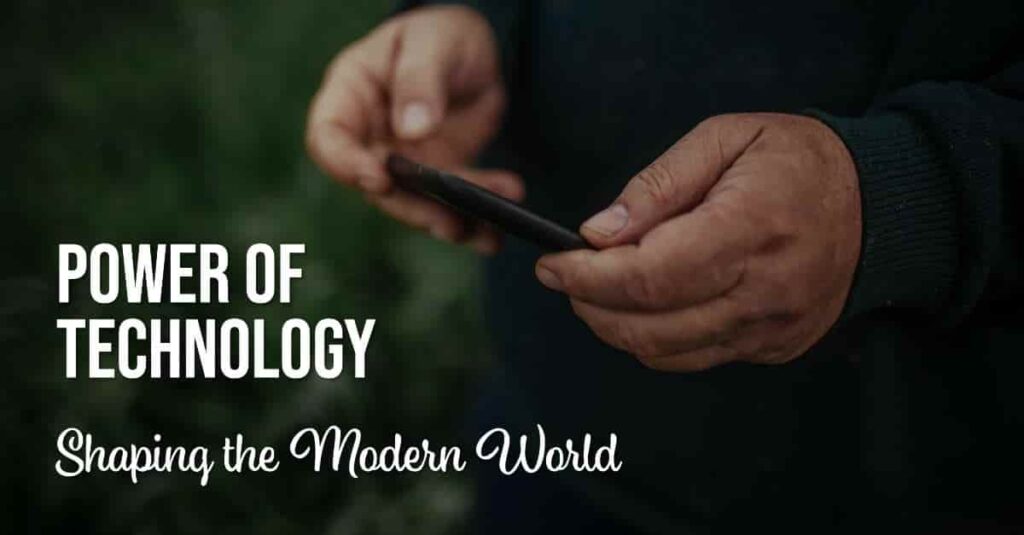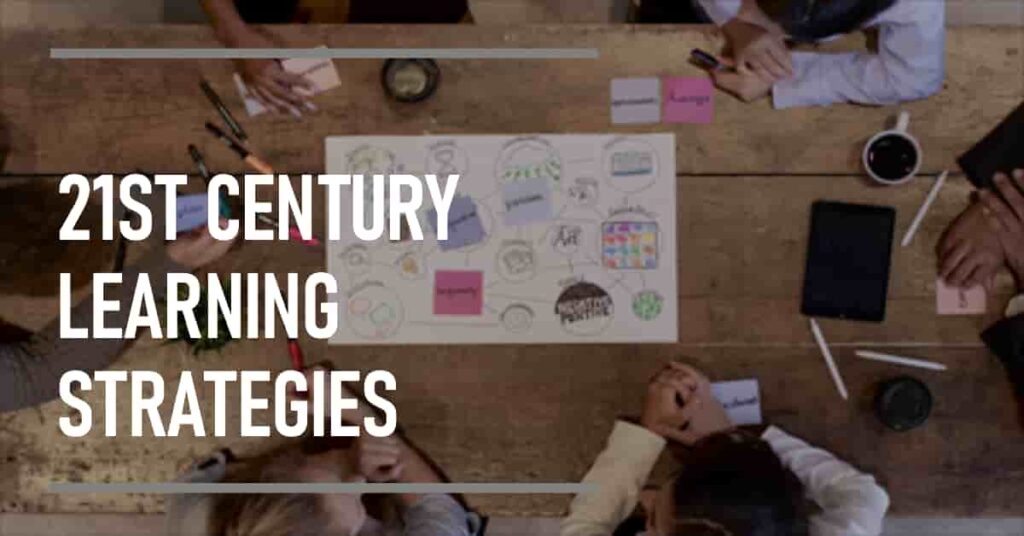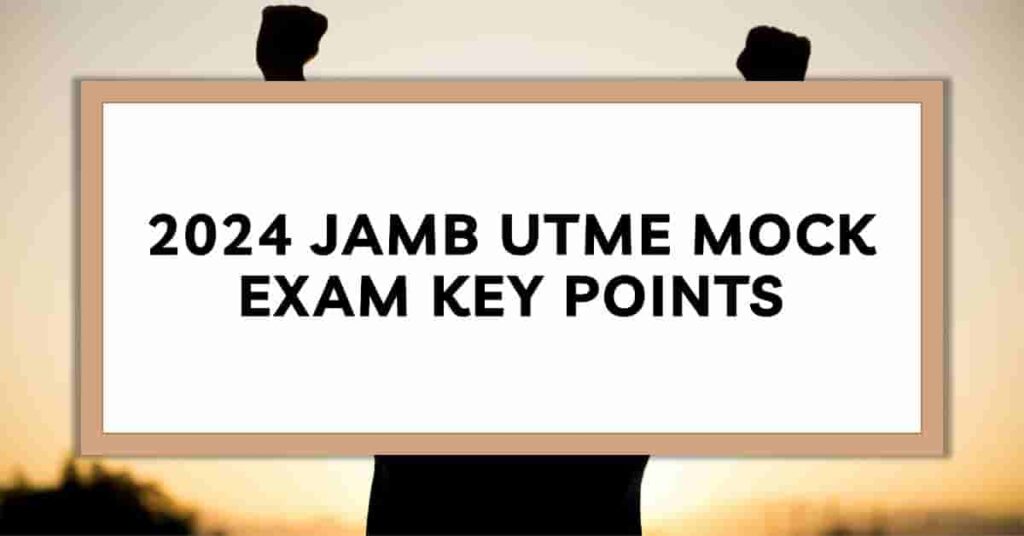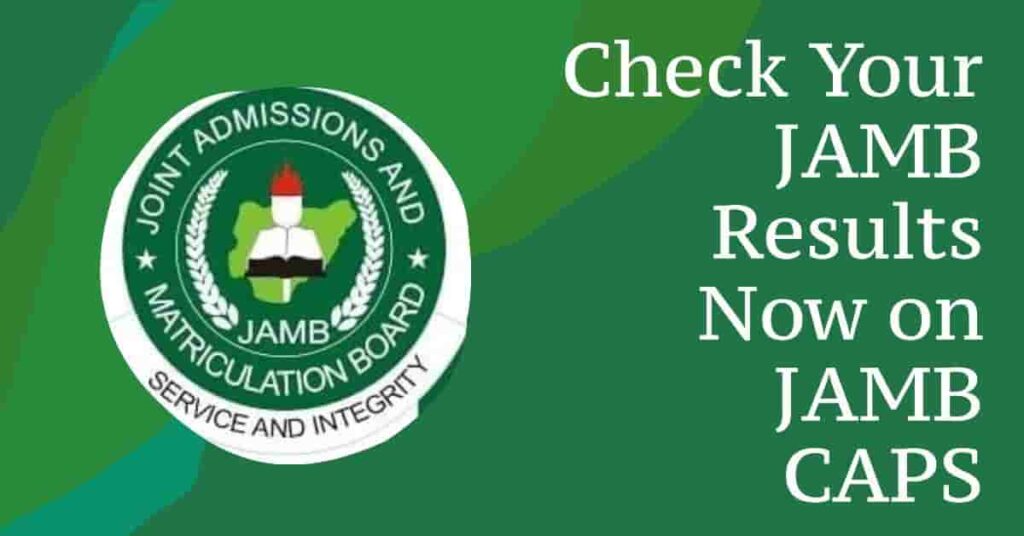Educating for Tomorrow: 21st Century Learning Strategies in the Digital Age
The classroom of today is a far cry from its traditional counterpart. Students, now digital natives, navigate a world saturated with information and constant connectivity (Prensky, 2001). To prepare these contemporary learners for success, a paradigm shift in educational strategies is necessary. 21st century learning moves beyond rote memorization and standardized tests, focusing on equipping students with the skills they need to flourish in a complex and ever-evolving world (World Economic Forum, 2016).

At the heart of this transformation lies the cultivation of critical thinking and problem-solving skills. Going beyond the simple recall of facts, 21st century learning emphasizes the ability to analyze information, identify patterns, and ask probing questions (Langford & Mathews, 2007). Project-based learning, where students collaboratively tackle open-ended problems, exemplifies this approach. By working together to develop creative solutions, students not only deepen their understanding of core concepts but also hone their communication and collaboration skills (Harris & Muijs, 2003).
Collaboration and communication are indeed cornerstones of success in the 21st century workplace. Learning environments that encourage teamwork, peer learning, and group projects provide fertile ground for students to develop these vital abilities (OECD, 2018). Technology further enhances collaboration, allowing students to work on projects together regardless of geographical boundaries.
Technology itself is an undeniable force in the contemporary world, and education must reflect this reality. 21st century learning strategies seamlessly integrate technology into the classroom, utilizing it not for passive consumption but for active learning, research, and creative expression (Singh, 2018). Digital tools can personalize learning experiences, catering to individual learning styles and allowing students to delve deeper into topics of interest.
However, the digital age presents a double-edged sword. Students, bombarded with information from a myriad of online sources, must become discerning consumers. Developing digital literacy skills, such as evaluating the credibility of online sources and understanding media bias, is crucial (Eshet-Alkalai, 2004). Media literacy education equips students to critically analyze different forms of media, from social media to news articles, fostering a deeper understanding of how messages are constructed and disseminated (Hobbs, 2011).

The interconnectedness of our world necessitates nurturing global citizenship and cultural understanding. 21st century learning strategies promote intercultural understanding by fostering collaboration with students from diverse backgrounds and exploring global issues. Virtual exchange programs, simulations, and studying topics through a global lens, such as climate change or public health, are all effective strategies in this regard (Banks, 2008).
Finally, education in the 21st century goes beyond the confines of the classroom. The rapid pace of change underscores the importance of lifelong learning. 21st century learning strategies cultivate a love of learning and a growth mindset, encouraging students to be curious, adaptable, and self-directed learners (Dweck, 2006). This equips them with the skills and motivation to continuously learn and adapt throughout their lives.
In conclusion, 21st century learning strategies are not merely fads, but essential tools for preparing students for a dynamic and uncertain future. By fostering critical thinking, collaboration, digital literacy, and global citizenship, educators can empower students to become responsible citizens and lifelong learners who are ready to make a positive impact on the world.
References
Banks, J. A. (2008). Educating citizens in a multicultural society. Teachers College Press.
Dweck, C. S. (2006). Mindset: The new psychology of success. Random House.
Eshet-Alkalai, Y. (2004). Digital literacy: A theoretical framework, models of instruction, and programs for schools. Journal of Educational Media & Library Sciences, 41(2), 191-213.
Harris, A., & Muijs, D. (2003). Improving school effectiveness. Routledge.
Hobbs, R. (2011). Digital and media literacy learning. John Wiley & Sons.
Langford, P., & Mathews, J. (2007). Teaching critical thinking and problem-solving in third space learning environments. Routledge.
OECD (2018). The future of education and skills: Education 2030 project. https://www.oecd.org/education/2030-project/



